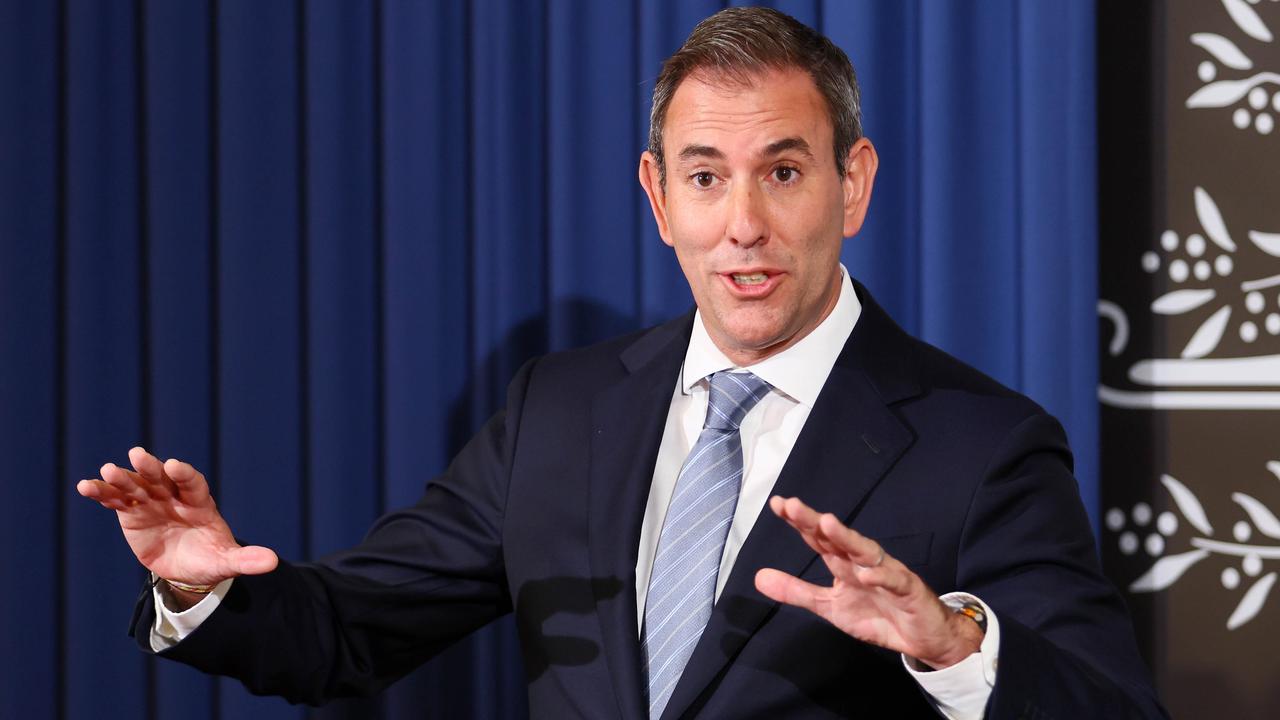Medicare rebates to rise for Australian pensioners and kids under new two-tier system
It’s the end of Medicare as we know it. This is what the federal government has planned with a two-tier system including different rebates. See how it applies to you.
Federal Budget
Don't miss out on the headlines from Federal Budget. Followed categories will be added to My News.
The end of universal access to a bulk-billing GP has been brought a step closer with the budget increasing Medicare rebates but only for children, pensioners and welfare recipients.
GPs will be encouraged to resume bulk-billing children and pensioners with existing Medicare incentives tripled for these 11.6 million Australians under a $5.7 billion Strengthening Medicare plan in the federal budget.
However, the incentives costing $3.5bn will not be paid to any other Australians, many of whom are paying medical gap fees averaging $42 per visit as cash strapped GPs abandon bulk billing.
Under the changes, a GP in the city who bulk-bills a child or concession card holder will be paid $60.40 by Medicare compared to the regular $39.75 Medicare rebate.
A GP in the bush will be paid $71.15 for treating children and concession card holders, and $79.40 in the most remote areas.
There will be two hikes in the Medicare rebate for GPs this year, one in July and another in November, which will lift it from $39.75 to $41.40 by the end of the year.

It means Medicare is now effectively a two-tier system with the young, the old and those on welfare getting substantially higher rebates than the rest of the country.
Under other changes, Medicare will now provide a $183.66 rebate for longer consultations lasting more than an hour (the reate will rise to $205 when incentives for children and pensioners is added). Currently, the longest GP consultation rebated by Medicare is 40 minutes.
Patients who register with their GP will be able to access longer GP telehealth consultations.
And for the first time, the government will impose a minimum time on a typical GP visit; they will have to last at least six minutes. This is expected to save the government $250.8m over five years.
GPs will also get a government payment worth up to $130,000 to employ nurses, physiotherapists, dietitians and other health workers, and more money to provide after hours care and nearly $50m to cover the cost of bandages used to treat chronic wounds.
Health Minister Mark Butler said with limited funding available he had to direct the Medicare rebate increases to those who needed them most.
“We targeted the investment to the most vulnerable, those who have the least capacity to pay,” he said.
The higher indexation of the rebate and increased payments for pensioners and children would likely ease the pressure on GPs who were considering abandoning bulk billing for general patients and help others contain the size of their gap fees, he said.
The changes meet key requests made by the Royal Australian College of General Practitioners and the Australian Medical Association.
It is unclear whether they will be enough to stem the decline in general practice.
More than 60 GP practices around the country have shut their doors in the past three years, many practices have stopped bulk billing as Medicare rebates fail to keep pace with inflation, only 14 per cent of medical graduates now want to become a GP and four in 10 patients wait three weeks for an appointment.
As already outlined, the budget will halve the cost of subsidised prescription medicine, allowing people to get two months worth of medicine for the price of one, saving a pensioner $43 a year and general patients $180.
And chemists will be able to deliver government-subsidised childhood vaccines.
People with cancer or at risk of passing on genetic diseases will get a new subsidy to store their eggs, sperm or embryos.
The number of urgent-care GP clinics that open late and can provide X-rays designed to divert people away from ED will rise from 50 to 58.
As already outlined, the budget will halve the cost of subsidised prescription medicine, allowing people to get two months worth of medicine for the price of one, saving a pensioner $43 a year and general patients $180.
And chemists will be able to deliver government-subsidised childhood vaccines.
People with cancer or at risk of passing on genetic diseases will get a new subsidy to store their eggs, sperm or embryos.
The number of urgent-care GP clinics that open late and can provide X-rays designed to divert people away from ED will rise from 50 to 58.
The Medicare changes were warmly welcomed by Australia’s doctors.
“This is going to be a game changer,” Royal Australian College of General Practitioners president Dr Nicole Higgins said.
“This certainly supports GPs who care for vulnerable or disadvantaged patients and encourages GPs to bulk bill,” she said.
Asked whether differential rebates created a two-tier system, Dr Higgins said they created a “safety net”.
“This is a budget that recognises that general practice plays an important role in the health care system and by funding the value in general practice it will make it more attractive for young doctors and will reduce the impact on our overstretched hospital system,” she said.
Originally published as Medicare rebates to rise for Australian pensioners and kids under new two-tier system



